Table of Contents
Where does coffee’s quality come from? Balanced brewing? Nope. Careful roasting? Almost. The farm? Yes!
The way coffee is harvested and processed has the biggest impact on the quality and flavor of the beans themselves. Every step after unlocks these flavors, but the flavors themselves are developed at the farm.
Here are some of the key factors that determine a coffee’s flavor.
Where It’s Grown
Most people know that regional coffees can develop unique flavors. It’s one reason that single origin coffees are so popular among coffee enthusiasts. Being able to enjoy regionally characteristic features of a coffee is a cool thing!
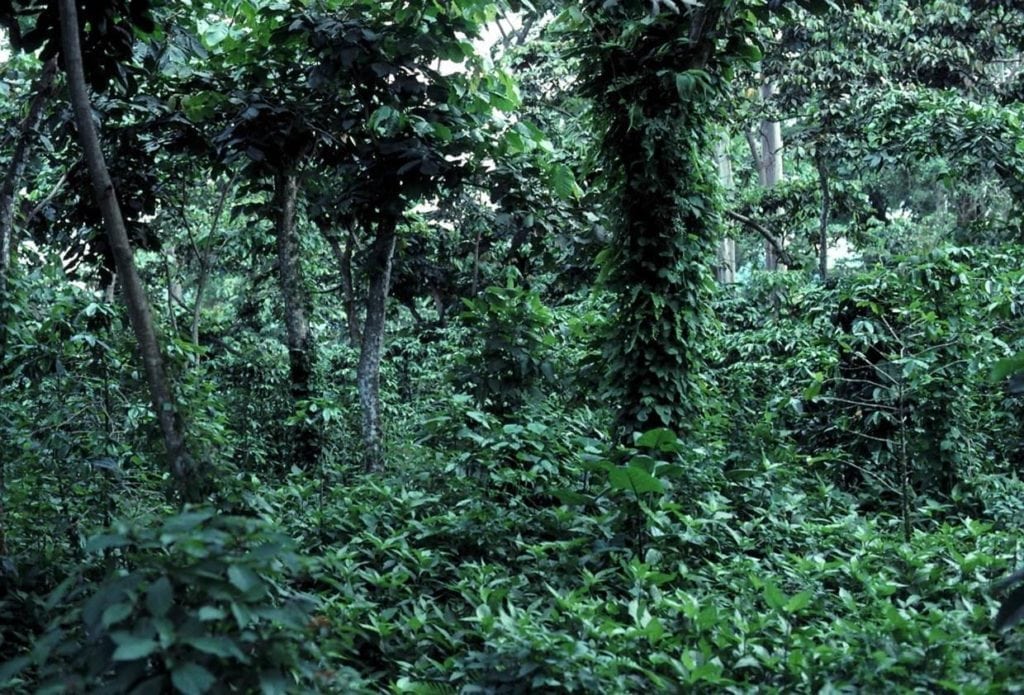
More surprising is the fact that coffee’s micro-environment can be just as impactful. Things like shade, plants nearby, and the local weather have all been hypothesized to impact the flavor of your brew. Sometimes, coffee is intentionally shade-grown to reduce the impact of extreme weather, such as high heat, wild winds, or severe monsoon rains.
Also Read: How I Brew Specialty Coffee While Traveling The World Full-Time
The Bean Genetics
Although we usually just call it coffee, there are actually two main species of coffee: Coffea arabica (Arabica) and Coffea canephora (Robusta). These two species of coffee are closely related but produce vastly different cups of coffee. Arabica tends to be higher quality and better tasting than Robusta.
In large-scale coffee production, because the coffee is often roasted darker and the origin is obscured, roasters can fill up batches with Robusta without a noticeable change in flavor. This is advantageous because Robusta tends to be much less expensive than the better tasting Arabica.
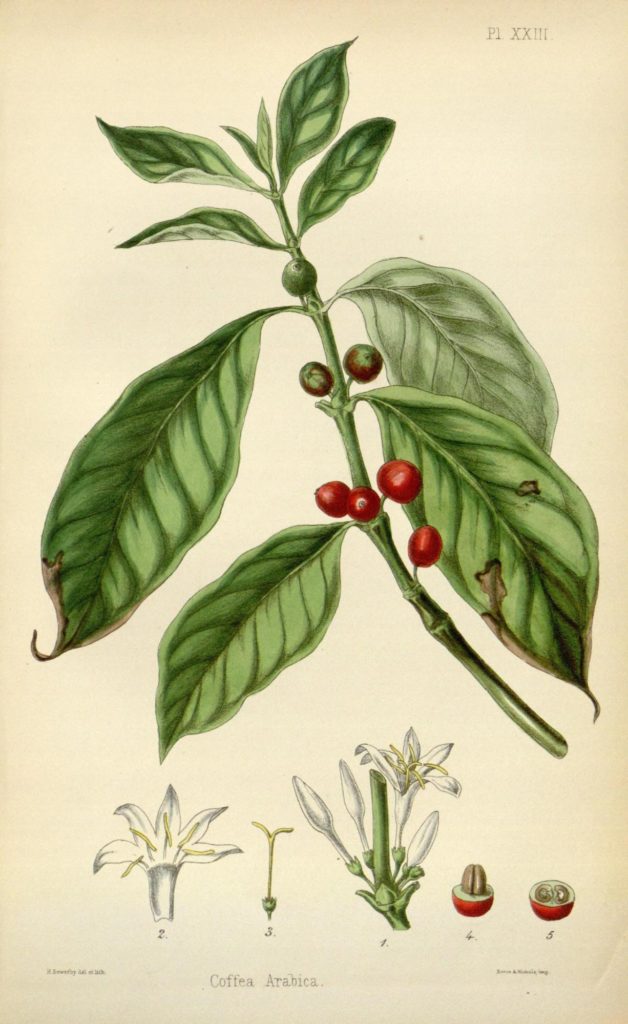
The best way to make sure you know what type of coffee is going in your cup is to buy coffee from a specialty coffee roaster. They will likely have a record of where the coffee was grown and what species it is. We recommend going this direction anyway because all single-origin coffees taste different and there is probably one or two you will prefer over the others.
Green Coffee Processing Method
You may have heard about the different ways that coffee can be processed once the fruit has been picked.
Regardless of how it is processed, green coffee should be processed the same day that the fruit has been picked or you risk uncontrolled fermentation. Mold and bacteria growth can develop if processing doesn’t begin immediately.
Most commercial coffee today is produced with what is known as the washed (wet) method. The gist is that the coffee fruit is passed into a special tank where fermentation is designed to occur. If there is biological growth in the fermentation tank, it can cause the green coffee to take on peculiar flavors like onion.
The fermentation causes the flesh on the fruit to loosen until it can be mechanically separate from the bean by friction. The coffee is then washed again to ensure all flesh has been removed.
Also Read: Does Coffee Go Bad? A Primer On Coffee Freshness And Storage
The natural (dry) process, on the other hand, is a more traditional method of coffee processing. It involves laying all the beans out on massive patios and sun drying them until they’re similar to a raisin.

This processing method can develop coffee with good body and aroma. However, if the coffee fruit isn’t turned regularly, the lot can easily mold. After the coffee fruit has been thoroughly dried, the skin and mucilage layers are mechanically separated from the coffee beans.
Age of the Green Coffee
Although it may seem like a no-brainer, coffee tastes best when it is roasted right after it has been harvested and processed. Most supermarket coffee is composed of beans that can be up to 5 years old (yuck)! This is because coffee is a global commodity and the supply chain has years of buffer built into it.
As green coffee ages, it can lose moisture content, which makes it more difficult for the coffee roaster to control the final product. Old green coffee with low moisture content can cause roasts to progress much more quickly than fresh green coffee beans.

The best way to guarantee you are getting the freshest coffee is to pay a visit to your local specialty coffee roaster, as any worth their salt are using beans that were harvested with the last 6-12 months.
The Roast
The way your coffee is roasted has a huge impact on the flavors that develop. In fact, most of the flavors that we identify as iconically “coffee” are developed at this stage.
As coffee roasts, energy is added to the beans and water is evaporated from them. When the beans take on enough energy, they begin to turn shades of yellow and light brown.
At this point, the coffee will begin to expand and turn darker shades of brown until it begins popping like popcorn. This stage is where development of the flavors really begins. The coffee undergoes the Maillard reaction where the sugars inside the bean become caramelized. This is the same reaction that causes ground beef to turn brown when cooking.
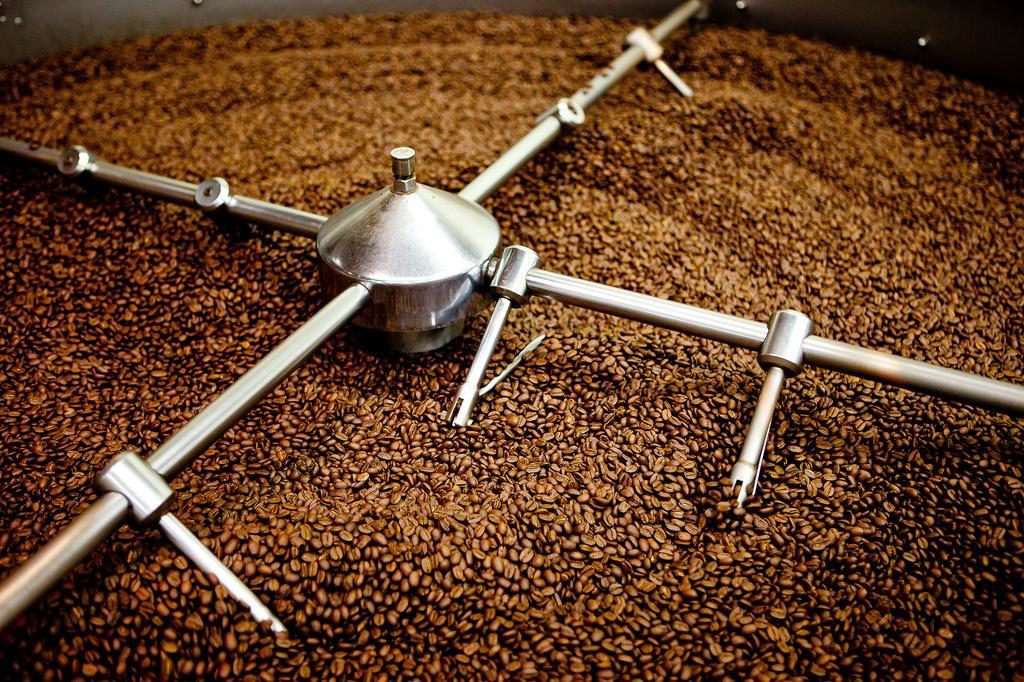
After the beans turn darker brown and pop, roasters decide whether they want to continue to roast or not. If they pull the beans out right away, they will have a lot of flavors characteristic of the bean origin. If the roaster waits longer and roasts darker, the beans will begin to take on characteristics more indicative of the coffee roaster itself, rather than the beans.
Most specialty coffee roasters roast lighter so you can pick up on the nuances and complexities of various growing regions. Supermarket coffee, on the other hand, tends to roast darker so that they can ensure consistent flavor, regardless of the bean origin. We definitely prefer drinking the former.
Tyler writes and edits for Triple Bar Coffee — a site dedicated to helping people roast and brew great coffee right at home. Check it out!




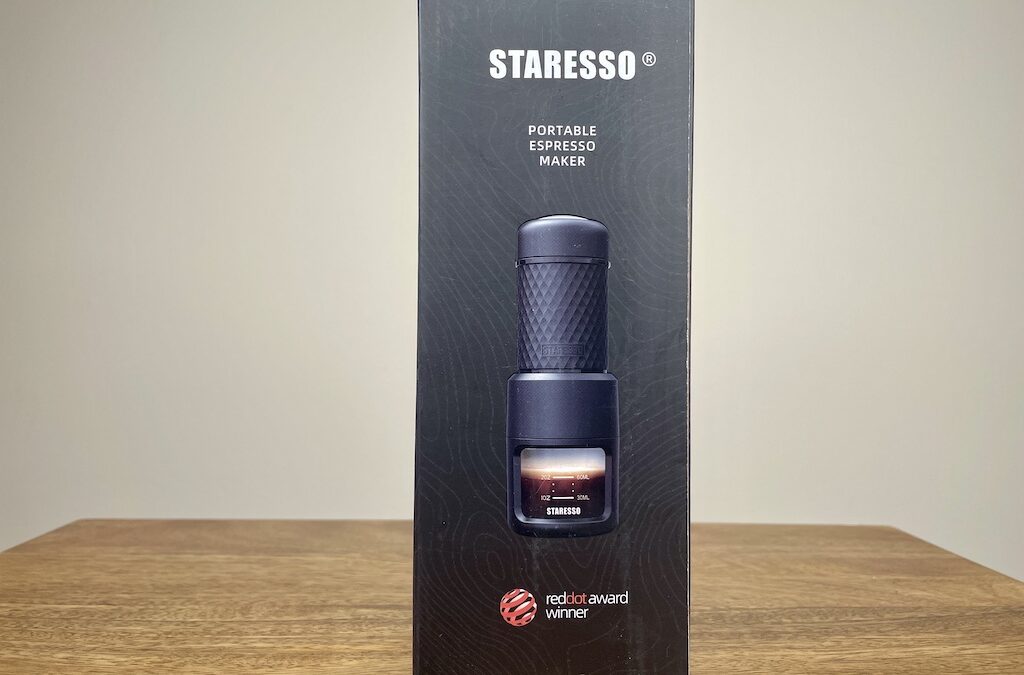
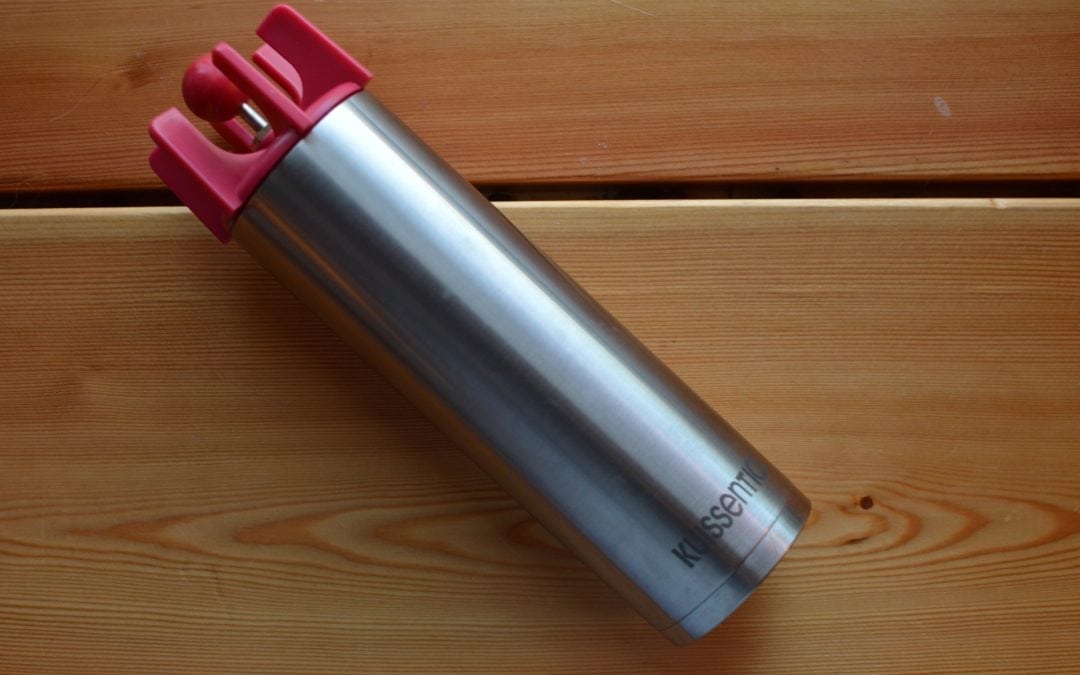




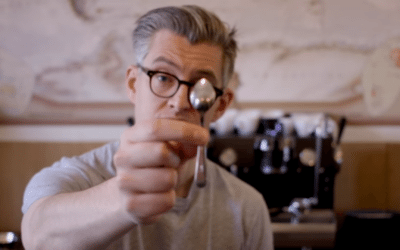
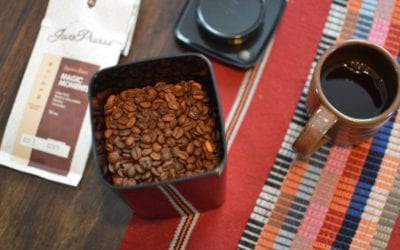

0 Comments